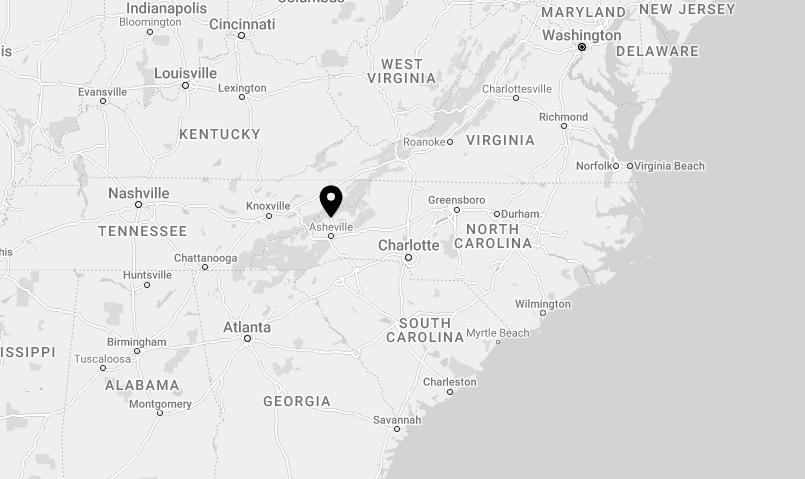Asheville, North Carolina, is a city known for its stunning natural beauty, vibrant arts scene, and rich history. Positioned in the western part of North Carolina, Asheville sits in a unique area that’s surrounded by mountain ranges and beautiful landscapes, making it a popular destination for tourists and outdoor enthusiasts alike. But where exactly is Asheville located, and what makes this city so special? Let’s take a closer look.
Geographic Location of Asheville
In the Heart of the Blue Ridge Mountains
Asheville is located in the Blue Ridge Mountains, part of the larger Appalachian Mountain range, which stretches along the eastern United States. This location places Asheville in one of the most scenic areas of North Carolina. Known for its misty peaks, vibrant fall foliage, and lush forests, the Blue Ridge Mountains provide Asheville with a stunning natural backdrop that draws millions of visitors every year.
Western North Carolina
Asheville is positioned in the western part of North Carolina, roughly 125 miles northwest of Charlotte and about 60 miles from the Tennessee border. Its location makes it relatively accessible for visitors coming from neighboring states, including Tennessee, Georgia, and Virginia. The city lies near major highways, including Interstate 40 and Interstate 26, making it a convenient destination for travelers driving from different parts of the region.
The Region Surrounding Asheville
Buncombe County
Asheville is the county seat of Buncombe County, which is known for its mountainous terrain and rich cultural heritage. The county covers a range of elevations, with Asheville sitting at an elevation of around 2,100 feet. This elevation contributes to Asheville’s mild climate and provides stunning views of the surrounding mountains.
Neighboring Cities and Towns
Several charming towns and cities surround Asheville, adding to its appeal as a central hub for exploring western North Carolina. Just to the south lies Hendersonville, known for its apple orchards and wineries. Black Mountain, a small town east of Asheville, is famous for its arts community and historic charm. Each of these neighboring areas contributes to the unique culture and tourism opportunities that make Asheville an exciting destination.
Asheville’s Climate and Weather
Asheville’s location in the Blue Ridge Mountains provides it with a mild climate year-round. Summers in Asheville are generally warm but not overly hot, with average high temperatures in the mid-80s (Fahrenheit). Winters are cooler, but snowfall is typically light due to the city’s elevation and location in the southeastern United States.
The city is known for its comfortable spring and fall seasons, making these the most popular times for visitors. Fall, in particular, is a stunning time to visit Asheville, as the surrounding mountains display vibrant autumn colors that attract photographers and nature lovers.
Why Asheville’s Location Matters
A Gateway to Outdoor Adventure
Asheville’s prime location in the Blue Ridge Mountains makes it an ideal gateway for outdoor activities. Whether you’re interested in hiking, mountain biking, or scenic drives, Asheville offers easy access to the Great Smoky Mountains National Park, Pisgah National Forest, and the Blue Ridge Parkway. These destinations provide ample opportunities for exploring waterfalls, trails, and stunning panoramic views.
A Hub of Arts and Culture
Beyond its natural beauty, Asheville’s location has also helped shape its reputation as an arts and cultural hub. The city is home to a vibrant arts district, historic architecture, and attractions like the Biltmore Estate, America’s largest private home. Artists and musicians are drawn to Asheville for its creative energy and supportive community, making it a cultural center within North Carolina.
How to Get to Asheville
Asheville is well-connected by both road and air, making it easily accessible for travelers. The Asheville Regional Airport (AVL) offers flights to and from several major cities in the United States. For those driving, Asheville’s proximity to I-40 and I-26 makes it accessible from various locations in the Southeast.
Driving Distances from Nearby Cities
- Charlotte, NC: Approximately 125 miles (2 hours)
- Knoxville, TN: About 120 miles (2 hours)
- Atlanta, GA: Roughly 200 miles (3.5 hours)
- Greenville, SC: About 70 miles (1.5 hours)
